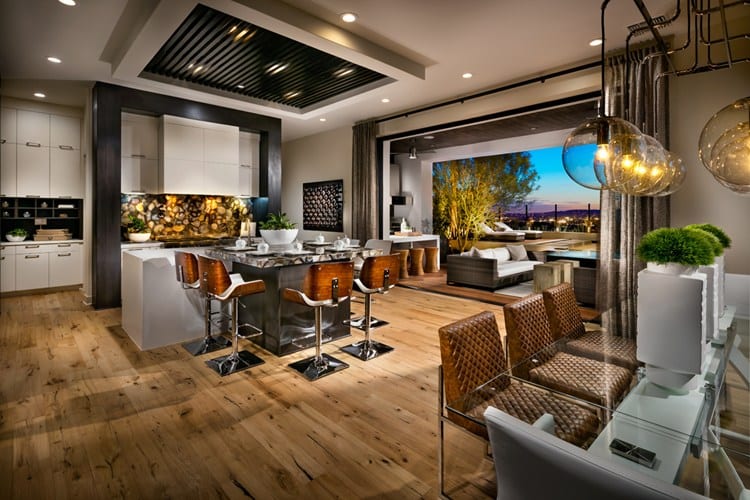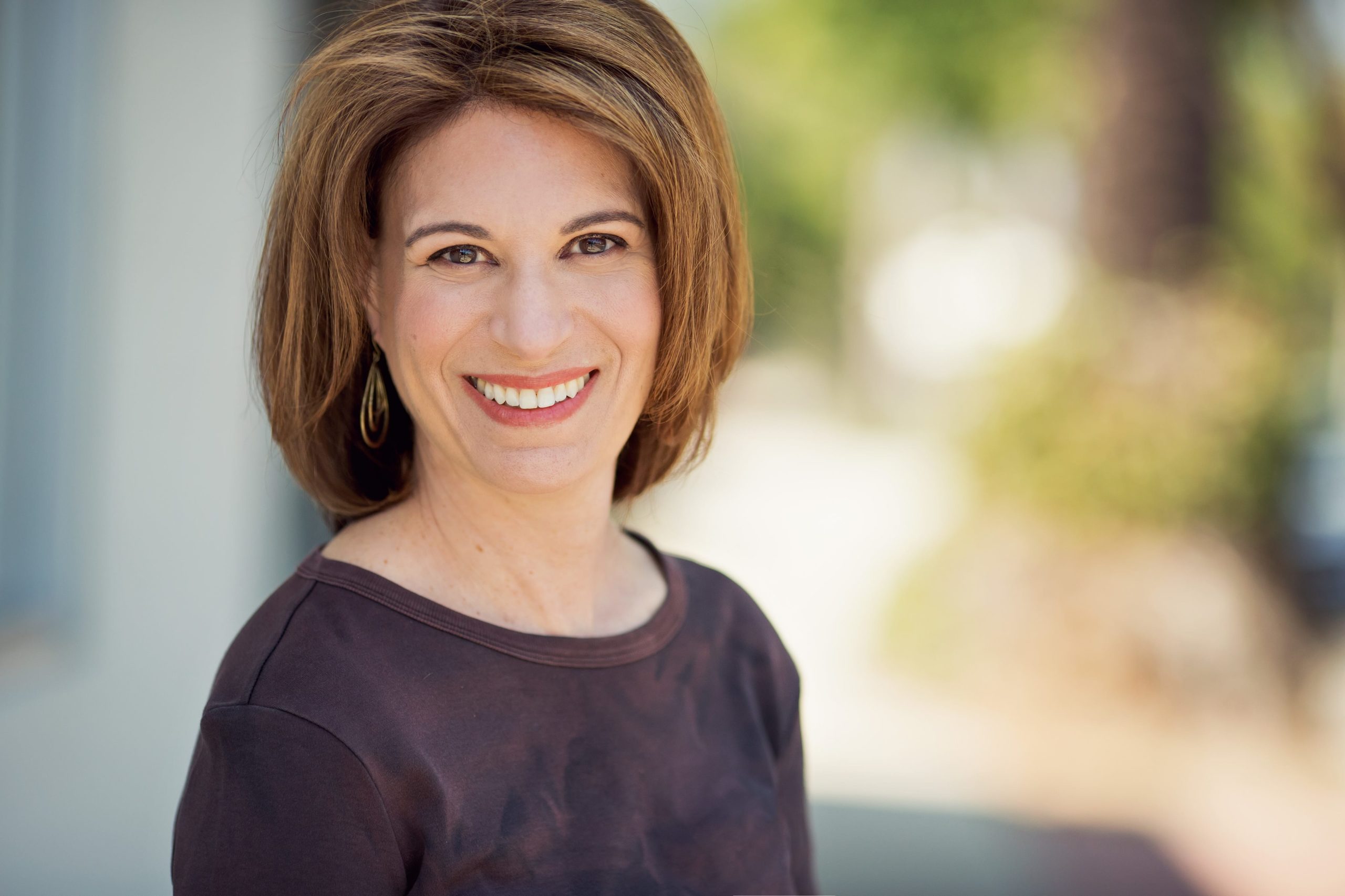
Photo: Toll Brothers
Everyone loves modern design.
But what exactly is it?
The answer isn’t clear. One designer’s definition of what “modern” means might differ wildly from another designer’s definition of the same style.
Takashi Yanai, residential studio director at Ehrlich Yanai Rhee Chaney Architects in Culver City, California, says he isn’t deliberately thinking about modern or any other specific style when he designs a commercial or civic building or a home.
In fact, his focus isn’t on the building itself at all. Instead, it’s on how the building relates to the world around it and to those who live there.
“We like to think the house will be beautiful, but I am less focused on the house as an object,” Yanai says. “It is not about the thing. It’s about the setting, the stage that it creates. It’s about framing views or creating a backdrop for a magnificent landscape or clients’ lives that happen within it.”
Blurring indoor and outdoor
One common feature of Yanai’s designs involves blurring—or as he says, dissolving—the boundaries between a home’s indoor and outdoor spaces.
This approach naturally lends itself to open floor plans, great rooms, skylights, large windows and glass walls that open to the outdoors. Landscape elements might include a California-influenced Zen garden or courtyard of oak trees.
“You get to appreciate and experience nature even on an infill suburban lot as part of your everyday life,” he says.
Natural building materials
Modern design tends to be minimalist, yet Yanai says it’s not about having lots of glass, clean lines, simple geometry or even a classically modern flat roof. In fact, a modern space doesn’t have to be full of modern furniture or only modern art.
“The backdrop celebrates whoever is going to own it and live in it,” Yanai says.
The modern mood comes from not only the architecture, but also from what Yanai refers to as “the honest use of the materials.” Honest use means understanding and respecting natural materials in their natural state, such as incorporating unpainted wood and leaving the edges of stone and brick exposed.
“Stone has certain qualities that you don’t want to fight,” Yanai says. “You could carve it into a gargoyle, but that’s not natural. That’s artificially placing something on that. Use it for what it is.
Recreating modern with color
Meredith Heron, principal and designer at Meredith Heron Design in Toronto, Ontario, Canada, takes a different approach to what she considers modern design. Her design ideas are about creating tension with a mixture of styles and “doing unexpected things with color” to create a modern look and feel.
One of Heron’s residential projects involved animal prints, Schumacher wallpaper, plaster reliefs on ceilings and mix-and-match fabrics on dining room chairs.
“To me, it feels very modern,” she says. “The color makes it contemporary, but all the elements, if you break them down, are traditional.”
How design is implemented is also part of Heron’s modern vision, such as:
- Using home decor that was made with 3-D printing technology
- Buying lighting directly from a supplier in Marrakesh, Morocco
- Detailing with chrome to create an automotive or nautical feel
“I am using traditional motifs, but I am doing it in a very modern way,” she says.
Where modern works: ‘You can’t live in a fishbowl’
Designers also noted the importance and influence of location in where modern design ideas are at home and where they might not be as comfortable a fit.
Yanai’s office is located in Southern California, where the mild climate makes indoor-outdoor living an attractive year-round lifestyle. Elsewhere, he says, his architectural ideas about blurring indoor and outdoor living space have to be moderated to account for the harsher weather.
A glass wall that “pockets away” to reveal a large covered patio and expansive ocean view in Southern California won’t achieve the same grand or modern effect in a residential neighborhood in Toronto.
“People are trying to put a Palo Alto house on a suburban street,” Heron says. “You have big glass windows at the front and you will have to cover them all because you can’t live in a fishbowl.”
What feels modern is modern
The bottom line is that modern design traditionally has a specific look and feel that features clean lines, open spaces, indoor-outdoor flows, Japanese influences and natural building materials.
Yet in these modern times, the concept of “modern” in design has stretched to encompass new ideas about color, tension and mixtures of different styles.
“It’s modern if you feel that it’s modern,” Heron says.

Marcie Geffner is an award-winning freelance reporter, writer and editor in Ventura, California. In the last decade, she has penned more than 1,000 published stories about residential and commercial real estate, banking, credit cards, computer security, health insurance and small business, among other subjects. Editors describe her as “detail-driven,” “conscientious,” “smart” and “incredibly versatile.” Her award-winning reporting has been lauded as “rock solid,” “spot-on relevant,” “informative,” “engaging,” “interesting” and “nuanced.” Her stories have been cited in seven published nonfiction books and two U.S. Congressional hearings.
Prior to her freelance career, Geffner was senior editor of California Real Estate magazine. Later, she became managing editor of Inman.com, an independent real estate news website. She also has prior employment experience in technical writing, corporate communications and employee communications. She received a bachelor’s degree in English with high honors from UCLA and master’s degree in business administration (MBA) from Pepperdine University in Malibu, California. She enjoys reading, home improvement projects and watching seagulls at the beach.

 A Happy, Healthy Home: How to Create a Wellness System
A Happy, Healthy Home: How to Create a Wellness System